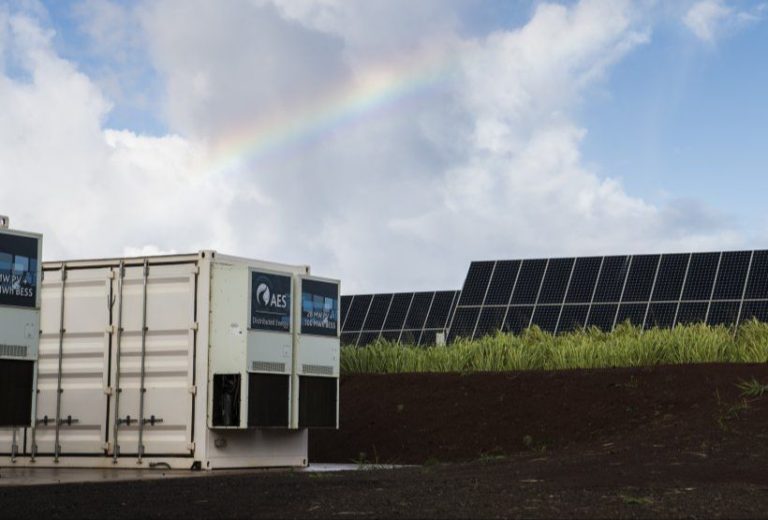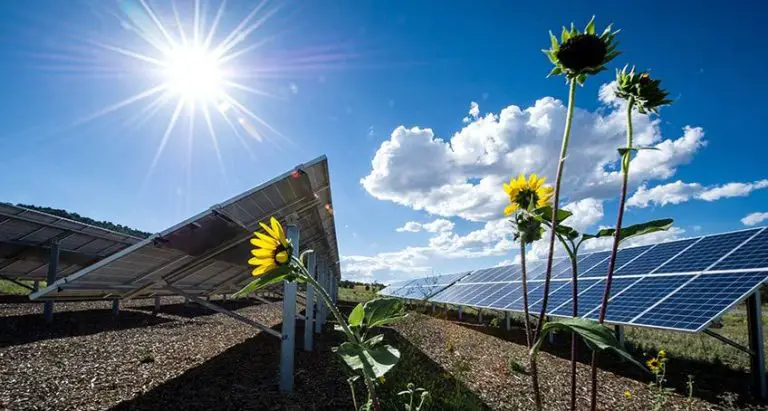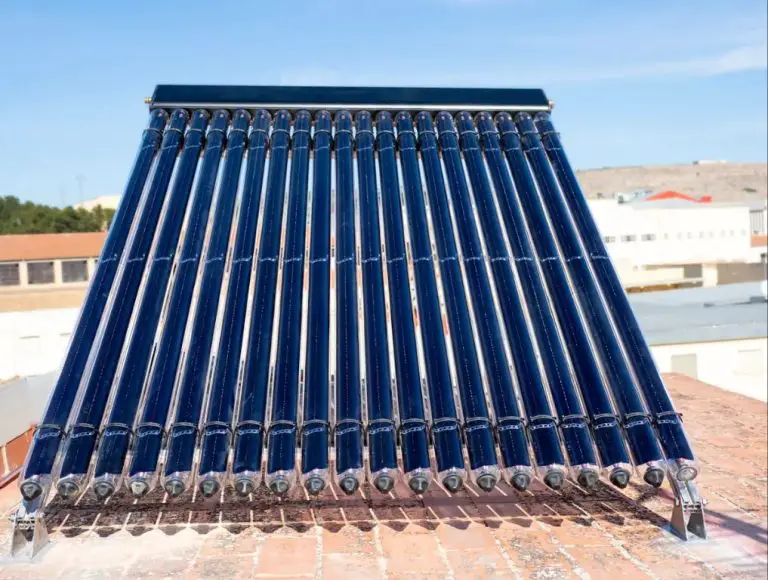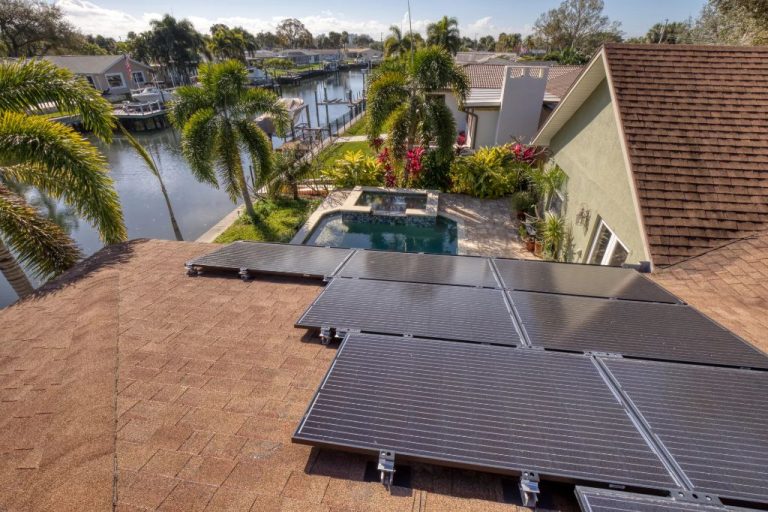Is A 90% Efficient Solar Panel Possible?
Current Solar Panel Efficiency
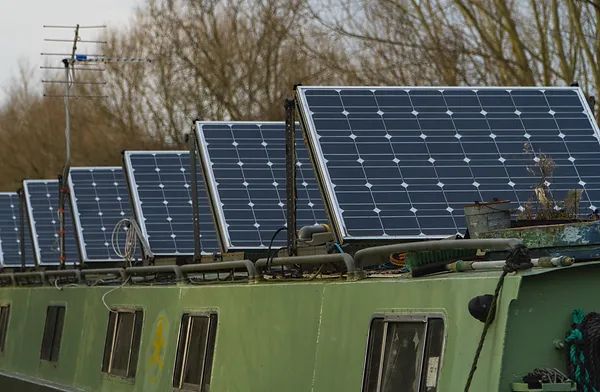
Most commercially available silicon solar panels today have an efficiency between 15% and 20% [2]. Over the last few decades, steady improvements in manufacturing and cell design have gradually increased the typical efficiency from around 12% to over 19% for premium panels [1]. However, many older or cheaper panels may only be around 13-15% efficient.
The highest efficiency achieved for a practical silicon solar cell in a lab setting is currently 26.7%, set in 2019 by engineers at UNSW Sydney [3]. This broke the previous record of 26.3% from 2017. However, lab records do not reflect real-world solar panel performance.
There is often a sizable difference between record lab efficiencies and commercial production efficiencies. Getting above 25% efficiency outside of a lab environment remains challenging. Factors like cost, materials, temperature, and manufacturing introduce inefficiencies not present in a controlled lab setting [1].
Theoretical Limits of Solar Efficiency
The maximum theoretical efficiency of a conventional single-junction solar cell is described by the Shockley-Queisser limit. This principle, first put forward by William Shockley and Hans Queisser in 1961, establishes an upper boundary for the efficiency of a solar cell based on the bandgap of its semiconductor material and the spectrum of sunlight (1).
According to the Shockley-Queisser analysis, the maximum theoretical efficiency for a single-junction silicon solar cell under 1 sun illumination is around 33.16%. This assumes the cell absorbs all photons with energy above the bandgap and no photons are lost due to reflections or transparency (2). Real-world cells fall short of this limit due to factors like spectrum losses, Carnot efficiency limits, and radiative recombination.
One way to exceed the Shockley–Queisser limit for single-junction devices is by utilizing multi-junction solar cells, which contain multiple semiconductor materials with different bandgaps tuned to absorb light from different parts of the solar spectrum. The theoretical limit for an infinite-junction multi-layer solar cell is around 86.8% under highly concentrated sunlight. However, the complexity and manufacturing costs rise significantly with two-junction and three-junction tandem cell designs (3).
Other advanced solar cell designs aim to overcome thermodynamic efficiency limits by utilizing techniques like multiple exciton generation, hot carrier extraction, and photon upconversion. While still in early research stages, these approaches could enable solar efficiencies higher than traditional limits.
(1) https://www.universitywafer.com/what-is-the-shockley-queisser-limit.html
(2) https://wires.onlinelibrary.wiley.com/doi/full/10.1002/wene.430
(3) https://solaredition.com/shockley-queisser-limit-theoretical-maximum-solar-cell-efficiency/
Improving Silicon Solar Cell Efficiency
Silicon solar cells have dominated the photovoltaic market for decades, but researchers continue working to push their efficiency higher through advanced cell designs and light management techniques.
One promising silicon cell design is the passivated emitter rear totally diffused (PERT) solar cell, which places the electric contacts on the back to allow more light capture at the front. PERT cells can achieve over 24% efficiency in lab tests (Advanced silicon solar cells). Another advanced design is the interdigitated back contact (IBC) cell, which also has rear contacts to eliminate shading loss.
Light management aims to minimize light reflection and transmission loss by trapping light inside the cell. Texturing the silicon surface increases light trapping, while dielectric coatings and photonic structures can improve anti-reflection (Prospects of light management in perovskite/silicon tandem solar cells). Optimized light management with advanced silicon solar cell designs can potentially push lab cell efficiencies above 27%.
Thin-Film and Multi-Junction Solar Cells
Thin-film solar cells utilize semiconductor materials such as cadmium telluride (CdTe), copper indium gallium selenide (CIGS), and amorphous silicon (a-Si) that can be deposited in thin layers on substrates like glass or metal. These materials have direct bandgaps that allow strong light absorption using less material compared to conventional silicon solar cells, reducing manufacturing costs (https://www.osti.gov/servlets/purl/1808848).
Multi-junction solar cells contain stacked layers of different semiconductor materials tuned to absorb light at different wavelengths. By capturing more of the solar spectrum, multi-junction cells can achieve higher efficiencies than single-junction devices. For example, stacking a germanium sub-cell, a GaAs sub-cell, and an InGaP sub-cell has enabled lab cell efficiencies over 46% (https://pubs.acs.org/doi/10.1021/acsenergylett.2c00274).
A promising multi-junction combination is perovskite and CIGS thin-film cells. Monolithic tandem perovskite/CIGS devices with 29.7% efficiency have been demonstrated through simulations, and further gains are expected as the technology matures (https://www.sciencedirect.com/science/article/abs/pii/S0921510722001088). Such tandem cells benefit from the high voltage and current density of CIGS with the broadband light absorption and low production costs of perovskites.
Emerging Photovoltaic Technologies
In addition to traditional silicon solar cells, researchers are developing new types of photovoltaic technologies that aim to improve efficiency, reduce costs, or provide other advantages. Some key emerging technologies include:
Perovskite Solar Cells
Perovskite solar cells use a class of materials with a perovskite crystal structure, most commonly a hybrid organic-inorganic lead halide-based compound. These cells have seen rapid efficiency improvements, reaching over 25% efficiency in lab settings. Perovskites are low-cost, easy to manufacture, and lightweight. However, they currently suffer from stability issues and lead toxicity concerns that limit commercialization [1].
Quantum Dot Solar Cells
Quantum dot solar cells contain tiny semiconductor nanocrystals called quantum dots that can absorb light and generate charge carriers more efficiently due to quantum confinement effects. By tuning the size and materials of the quantum dots, absorption can be better optimized. Efficiencies over 15% have been demonstrated. However, quantum dots use toxic heavy metals like cadmium and scaling production while maintaining quality remains challenging [2].
Dye-Sensitized Solar Cells
Dye-sensitized solar cells use photosensitive dye molecules on a nanoporous surface to generate electricity. They can work efficiently even in low-light conditions. However, their longevity is limited as the liquid electrolyte degrades over time. Stability and efficiency remain lower than silicon cells.
Organic Photovoltaics
Organic PV uses carbon-containing polymers or small molecules that have photovoltaic properties when arranged into thin films. These cells can be flexible, lightweight, semi-transparent, and potentially very low cost. However, organic materials have low charge carrier mobility and efficiencies remain below 15%. Lifetime and degradation resistance also remain problematic.
Overall, while emerging PV offers exciting potential, silicon still remains the dominant incumbent technology due to its demonstrated high efficiency, stability, and manufacturing scale. However, emerging technologies may open up niche applications where silicon is less suited, such as flexible solar surfaces.
Real World Efficiency Challenges
In ideal laboratory conditions, solar panels can achieve very high conversion efficiencies. However, in real world installations, solar panels face many challenges that reduce their efficiency.
Environmental factors like high temperatures and dust buildup can lower efficiency over time. Research has shown that solar panel efficiency decreases by around 0.5% per year on average, with higher degradation in hot climates [1]. Solar panels degrade faster at higher temperatures, so hot sunny regions see more degradation than moderate climates. Dust, dirt, snow, and other buildup on the panels can block sunlight and reduce efficiency as well.
Regular maintenance like cleaning can help minimize losses from dirt and dust. But degradation effects like yellowing of encapsulant materials and delamination of cells cannot be reversed. Most solar panel warranties guarantee around 90% initial efficiency after 10 years and 80% initial efficiency after 25 years [2]. Though degradation occurs, experts say homeowners are unlikely to notice significant drops in solar production over time [3].
Research Towards Ultra-High Efficiencies
In the pursuit of ultra-high efficiency solar cells, researchers have been pushing the limits in laboratory demonstrations. In May 2022, scientists at the National Renewable Energy Lab (NREL) reported creating a solar cell with 39.5% efficiency using a six-junction design and III-V semiconductor materials [1]. This broke their previous record of 39.2% set in 2020. Meanwhile, researchers at the Fraunhofer Institute for Solar Energy Systems achieved 47.6% efficiency in May 2022 using a four-junction solar cell [2].
While these laboratory demonstrations are promising, there are still challenges to translate ultra-high efficiencies to commercially viable products. The record cells use expensive III-V semiconductor materials and complex multi-junction designs that are costly to manufacture at scale. The cells are also small, only a few square centimeters, and maintaining high efficiencies with larger surface areas is an ongoing area of research. To make ultra-high efficiency worthwhile for widespread adoption, the costs need to come down considerably while maintaining performance and reliability.
Economic Viability of Ultra-High Efficiency
While creating solar panels with 90% efficiency or more is theoretically possible, the economic viability of mass producing such high efficiency panels is uncertain. Some key considerations around cost and potential markets include:
Cost Analysis of Production: The manufacturing processes and materials required to make ultra-high efficiency solar panels would be significantly more expensive than conventional panels. Multi-junction cells require intricate semiconductor layering, advanced nanomaterials, and costly fabrication techniques. These factors make high efficiency panels considerably more expensive to produce per watt of energy output.
The cost premium would need to be weighed against the potential energy production gains. For widespread adoption, the marginal cost increase must be justified by enough additional energy generation to deliver a reasonable return on investment through electricity savings.
Potential Markets/Applications: Assuming the costs could be brought down over time with scaling, ultra-high efficiency panels may find niche applications where space constraints make efficiency a primary factor. Examples include aerospace, satellites, electric vehicles, and dense urban settings. But for mainstream utility-scale solar farms and distributed rooftop applications, the economics likely favor continued use of standard silicon panels in the 15-25% efficiency range.
Overall, while laboratory prototype solar cells now exceed 47% efficiency, it remains unclear if 90%+ efficiency panels can reach economic viability for mass production and widespread use. But if costs can be reduced substantially, they may find adoption in space-constrained applications that justify the premium price for maximum efficiency.
Outlook for Future Generations
There are several promising photovoltaic technologies on the horizon that could enable solar panels to reach ultra-high efficiencies beyond current limitations. Perovskite solar cells, which use a class of materials called perovskites, have seen remarkable improvements in efficiency in a short time, reaching over 30% efficiency in lab settings. With further development, perovskites could enable commercial solar panels over 30% efficiency within 10-15 years.
New multi-junction solar cells that utilize six or more semiconductor layers have demonstrated lab efficiencies over 47%, and represent the current frontier of ultra-high performance photovoltaics. However, high manufacturing costs have so far prevented wider commercial adoption. If costs can be lowered, multi-junction cells with 40%+ efficiency could become viable for concentrated PV systems within the next decade.
Looking even further out, emerging technologies like quantum dots, thermophotovoltaics, and hybrid organic-inorganic cells hold promise to shatter theoretical limits and reach 50-60% conversion efficiencies. But these are likely at least 20-30 years away from economical large-scale manufacturing and installation. While the timeline for solar panels over 90% efficiency may be long, the rapid pace of research and development suggests that ultra-high performance photovoltaics will ultimately become a reality.
Conclusion
In summary, the efficiency of commercially available solar panels today ranges from 15-22%, with lab prototypes achieving over 40% efficiency. While solar cells with 90% efficiency have not yet been realized, ongoing advances in materials science and nanotechnology give hope that such ultra-high efficiency could one day be possible.
For now, the economics and manufacturing feasibility of solar panels favor cells in the 20-25% efficiency range. Mass producing and installing solar panels with 90% efficiency would certainly be transformative for the renewable energy industry, enabling much greater energy yield from existing solar installations. However, the costs and practical challenges may be prohibitive, at least for the next decade or two.
With continued strong investment and research into high-efficiency photovoltaics, scientists are optimistic that solar efficiencies beyond 50% could become commercially viable within the next couple decades. Realizing the theoretical limits of solar efficiency will require further breakthroughs in multi-junction cells, novel materials like perovskites, and light-trapping techniques. If the dream of a 90% efficient solar panel can be achieved, it would unlock tremendous potential for solar power generation worldwide.

